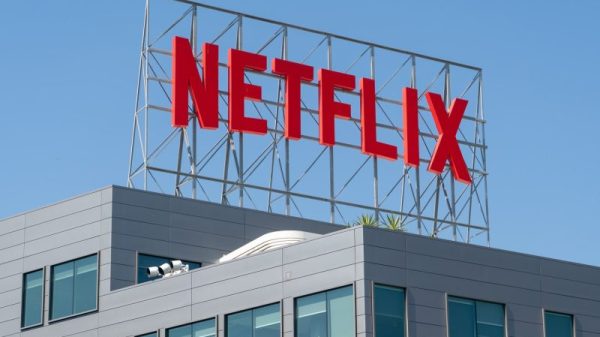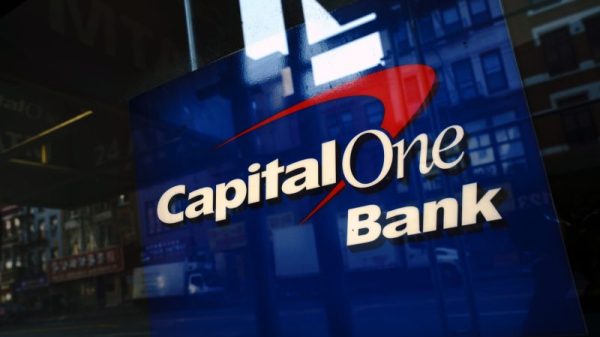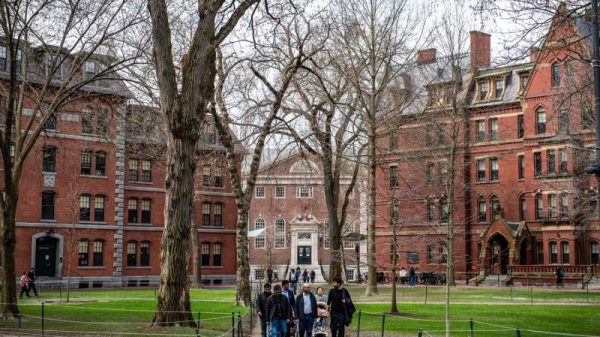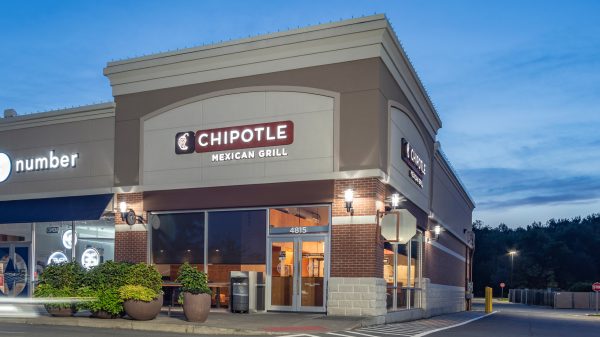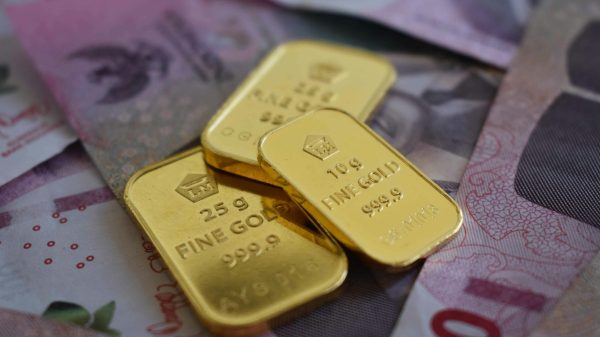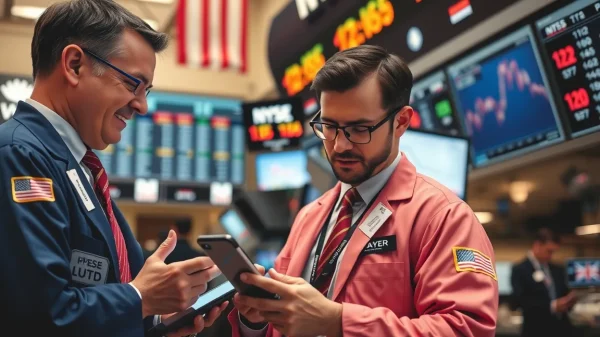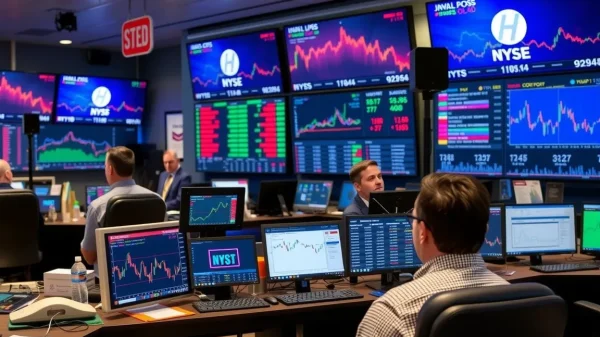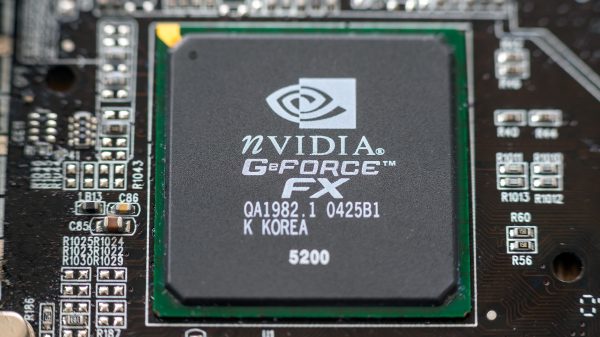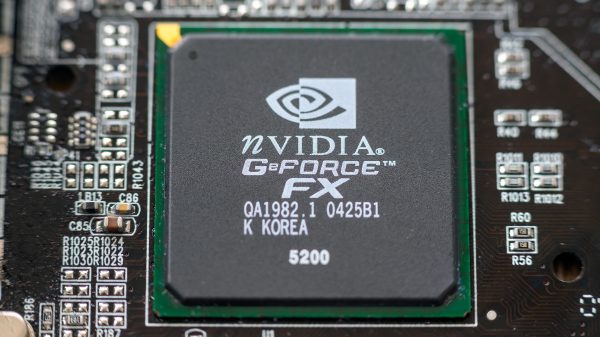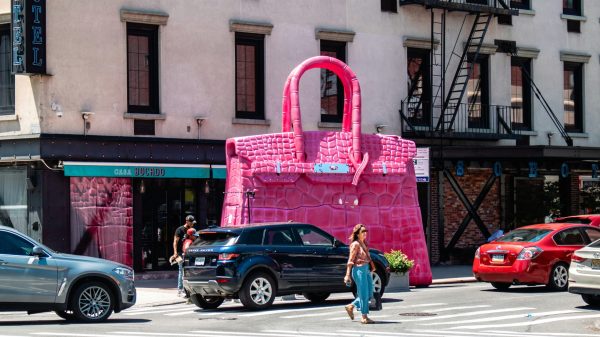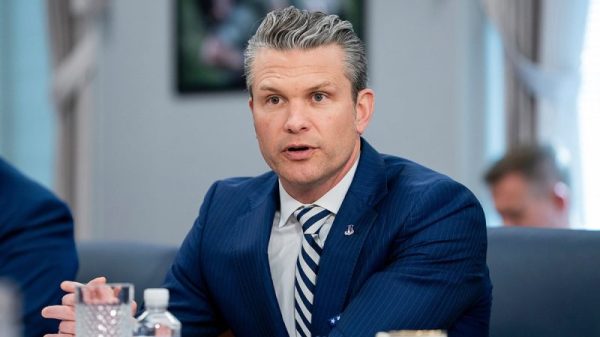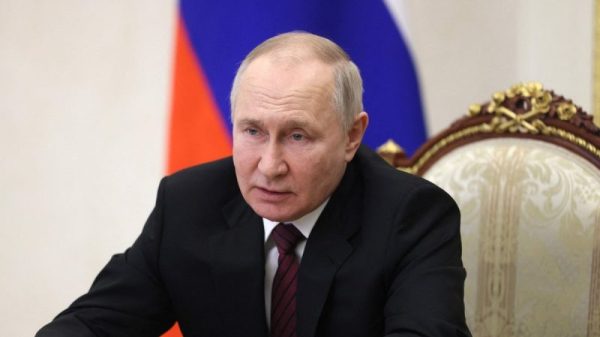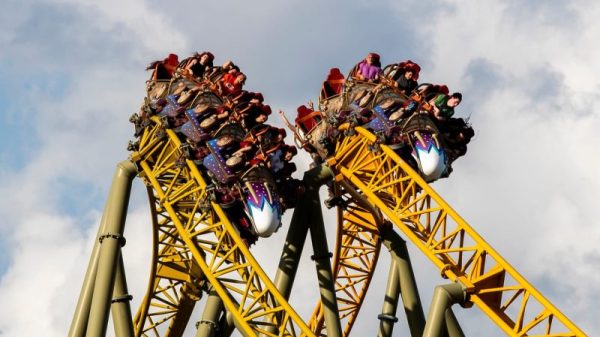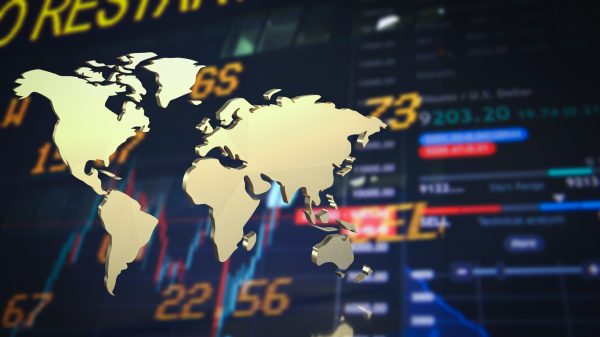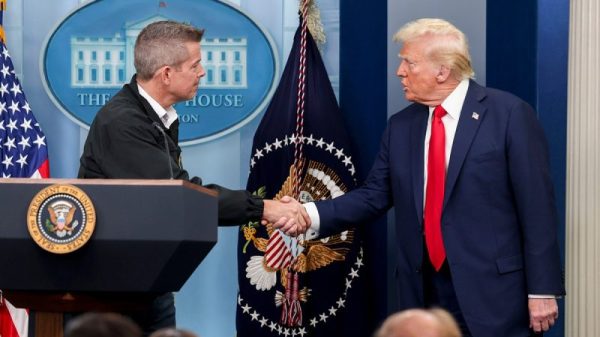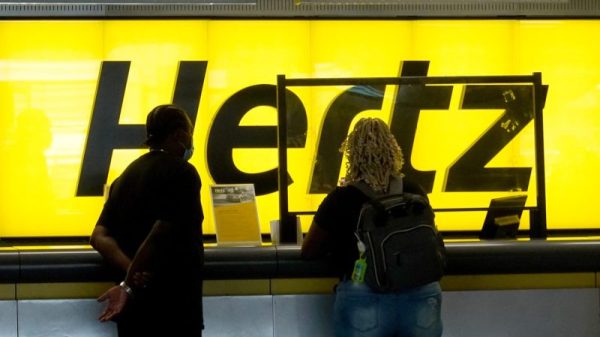As luxury companies navigate the choppy waters of a global economic slowdown, France’s Hermès has once again found stability in its most iconic creations—the Birkin and the Kelly handbags.
The company reported a 7% rise in sales for the first quarter of 2025, narrowly missing analysts’ expectations, yet confirming its status as one of the sector’s most resilient players.
While rivals wrestle with shrinking demand and pricing pressures, Hermès’ timeless strategy and unwavering appeal to ultra-wealthy clientele have helped it stay the course, even as uncertainty looms over tariffs and China’s property-linked slowdown.
Birkin and Kelly bags drive store traffic and cross-category sales
The Birkin bag—named after British actress Jane Birkin—and the Kelly—immortalized by Grace Kelly—have long been regarded as the crown jewels of the Hermès portfolio.
Their reputation as status symbols has only deepened in recent years, with collectors willing to spend tens of thousands of dollars and wait months, or even years, to acquire them.
In a downturn, they do more than just sell well.
They function as anchor products, pulling customers into the store and encouraging purchases in other categories, including scarves, jewellery, and ready-to-wear.
Known in luxury circles as “pre-spend,” shoppers often build a purchasing history with the brand through smaller-ticket items, such as $270 silk ties or $40,000 bracelets, in hopes of eventually being offered a Birkin.
This strategy remains highly effective.
Even as demand in Mainland China showed signs of strain in the first quarter, Hermès posted growth across all regions, including the Americas, where low stock levels in early 2025 were offset by strong March sales.
Management noted that trends have remained positive through early April.
China’s slowdown and tariff threats fail to shake investor confidence
Hermès’ performance in China—a region facing ongoing consumer caution—was notably subdued.
Yet it stood out relative to competitors, many of whom have seen significant slowdowns across Asia.
In the US, where tariffs on European goods are set to increase by 10% beginning May 1 under the Trump administration, Hermès remains confident.
Management believes it can pass those costs on to American consumers—an assertion few other luxury houses can make with such confidence.
That confidence stems from the brand’s unparalleled pricing power.
In a note last week, Jefferies analysts reiterated that Hermès is well-positioned to outperform its peers, describing the company as a “safe haven” amid ongoing turbulence in the luxury sector.
The analysts maintained a “relative preference” for Hermès due to its elite customer base and consistent demand patterns.
Made to last: low production, high margins
A key element of Hermès’ resilience lies in its ultra-controlled production model.
The brand makes no more than 70,000 Birkin bags per year, each handcrafted by a single artisan over 18 to 24 hours.
Kelly bags take a similarly meticulous approach, often requiring 14 to 20 hours of work by a single leatherworker.
This artisanal method, combined with limited availability and no discounting—even during recessions—has helped Hermès maintain some of the highest margins in the luxury industry.
While rivals like Kering have occasionally relied on markdowns to clear stock, Hermès has never discounted its handbags, reinforcing their status as investment-grade fashion items.
The brand’s careful control over supply not only maintains exclusivity but also drives resale value.
Collectors treat the bags like fine art or rare watches, with many appreciating in value over time.
Even secondhand, a Birkin can command a premium of 30–50% over its original retail price, especially in hard-to-find colours or materials.
Wealthy clientele insulates brand from macro shocks
Unlike mass-luxury players, Hermès caters to the global elite.
According to Bain & Co., the top 2% of luxury buyers account for over 40% of sector spending, and Hermès is disproportionately exposed to this tier.
These consumers are relatively insulated from rising interest rates or cost-of-living concerns, meaning their discretionary spending patterns hold firmer when the economy turns sour.
That dynamic was evident in Hermès’ full-year 2024 results, which showed a 17% rise in sales at constant exchange rates—far outpacing the industry.
Even in the US, where demand softened after February due to tariff speculation, Hermès saw signs of recovery in March.
The quiet giant of luxury continues to outperform
While conglomerates such as LVMH pursue high-profile acquisitions and expand into new categories, Hermès remains focused on its narrow but highly profitable core.
It avoids celebrity marketing campaigns and seasonal fashion fads, instead relying on artisanship, scarcity, and heritage to attract customers.
This unwavering consistency has not gone unnoticed by investors.
Hermès now trades at nearly 45 times forward earnings—more than double the average for luxury peers—and recently surpassed a market capitalization of €220 billion, making it Europe’s second most valuable company after LVMH.
Though it may have missed the mark by a hair in Q1, Hermès remains the industry’s north star—luxury at its purest, and most enduring.
The post How Hermès stays resilient in economic uncertainty on the shoulders of its most coveted Birkin bags appeared first on Invezz

